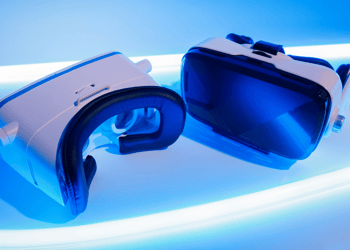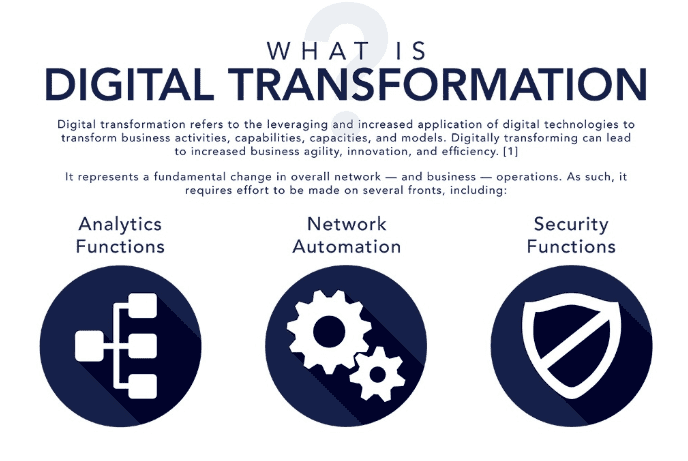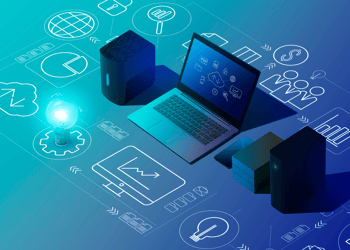What Is Spatial Computing?
Spatial computing is a transformative technology that enables computers to interact seamlessly with the physical world. It bridges the gap between the digital and physical by allowing devices to perceive and manipulate 3D environments. Through technologies like augmented reality (AR), virtual reality (VR), mixed reality (MR), and artificial intelligence (AI), spatial computing enables immersive experiences that blend real and virtual elements.
At its core, spatial computing involves the use of spatial data and sensors to interpret and influence physical environments. It allows digital content to be placed and interacted with in the real world, creating a unified experience where the physical and digital coexist.
How Spatial Computing Works
Spatial computing relies on a combination of hardware and software, including spatial computing devices like AR headsets, VR goggles, sensors, and cameras. These tools capture data about the physical world in real time. Computer vision, AI algorithms, and 3D modeling software then process this information to create digital overlays or entirely virtual environments.
This blend of technologies enables the system to understand the user’s position, gestures, eye movements, and voice commands. Devices like the Apple Vision Pro exemplify the potential of spatial computing, allowing users to interact with applications, objects, and interfaces within their physical space.
Key Components of Spatial Computing
- 3D Models and Mapping: Create digital representations of physical spaces for simulation, analysis, or enhancement.
2. Sensors and Tracking: Devices gather real-time data to understand spatial context and user interaction.
3. Artificial Intelligence: Interprets data, predicts behavior, and enhances user interaction through learning algorithms.
4. Computer Vision: Enables machines to see and understand the environment, identifying objects and spatial relationships.
5. Extended Reality (XR): Encompasses AR, VR, and MR to create a range of immersive experiences.
Examples of Spatial Computing in Action
– Retail and Shopping: Virtual try-on tools let customers see how clothes or furniture would look in their real environment.
– Healthcare: Surgeons use AR to overlay digital information onto patients during procedures.
– Education: Immersive VR classrooms allow students to explore historical sites or conduct science experiments virtually.
– Manufacturing: Engineers use 3D models and MR to visualize products before they are built, improving design and efficiency.
– Workplace Collaboration: Teams meet in virtual worlds, manipulating shared 3D content and visualizing data in physical and digital spaces.
Benefits of Spatial Computing
Spatial computing enhances decision-making, collaboration, and user engagement by merging the real world with digital content. It enables:
– Real-time interaction with virtual environments
– Immersive experiences that increase training and learning retention
– Improved safety in fields like construction and aviation
– Seamless blending of digital content with the physical world
The Future of Spatial Computing
The potential for spatial computing is vast and expanding rapidly. As spatial computing devices become more advanced and accessible, industries from entertainment to real estate will continue to adopt this technology. Innovations like the Apple Vision Pro are pushing the boundaries of what’s possible, making spatial computing more intuitive and powerful.
Soon, spatial computing may become a standard in daily life, influencing how we work, shop, learn, and connect. The integration of physical and digital spaces will redefine how we experience the world around us.






